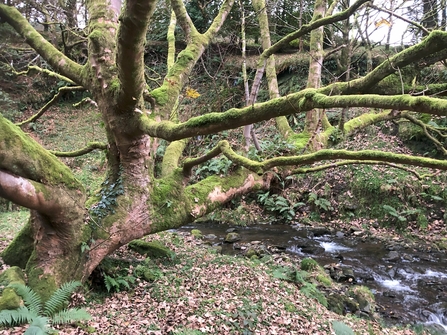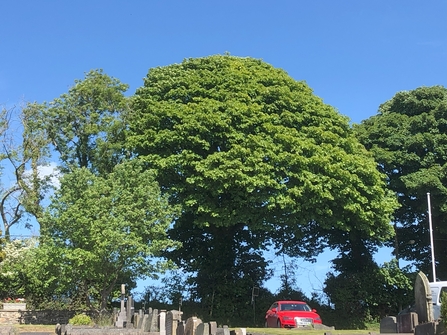
Andree Dubbeldam
Origins
Native to central Europe, sycamore has been on the Island for over 250 years, In its early days it would have been an exotic sight, but its very suited to the Island's climate, surviving in salt winds and high altitude and has made itself at home. It is now more common as a self-sown tree, indeed for many gardeners it is a nuisance weed, rapidly developing into saplings in places it is not always wanted.
Conventional ecological opinion has historically been negative too. It has colonised ancient woodland altering their unique ecology and edging out native trees like oak and ash. Their insect diversity of around 15 species contrasts poorly with 60-400 for most Manx native trees. For a generation or two of conservationists, sycamore bashing (removing sycamore from native woodlands) would have been standard practice.


